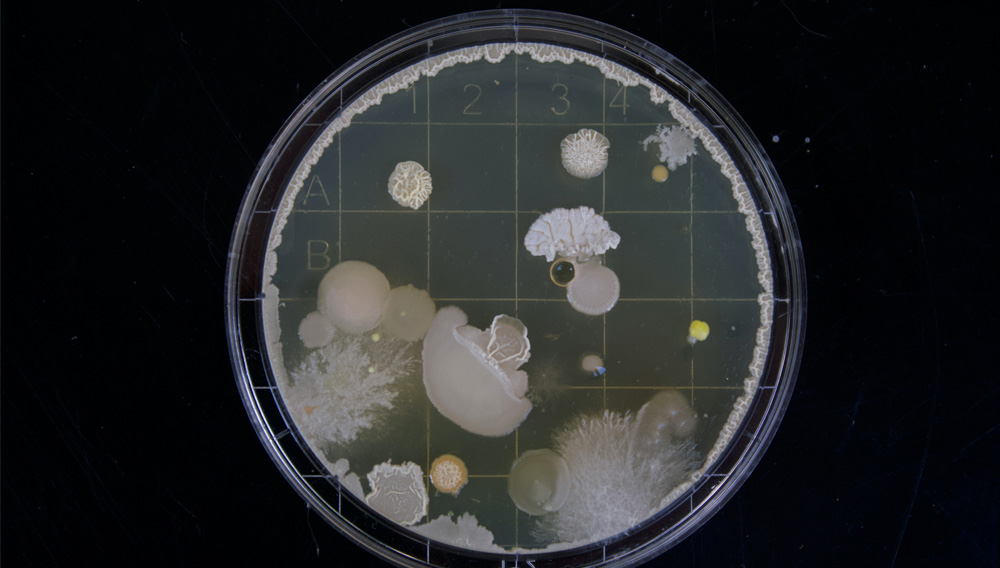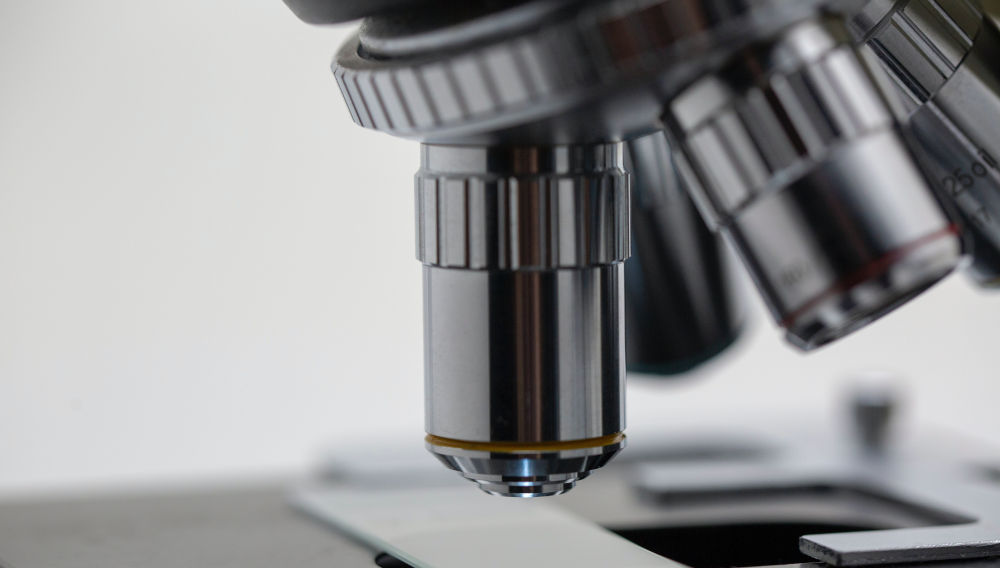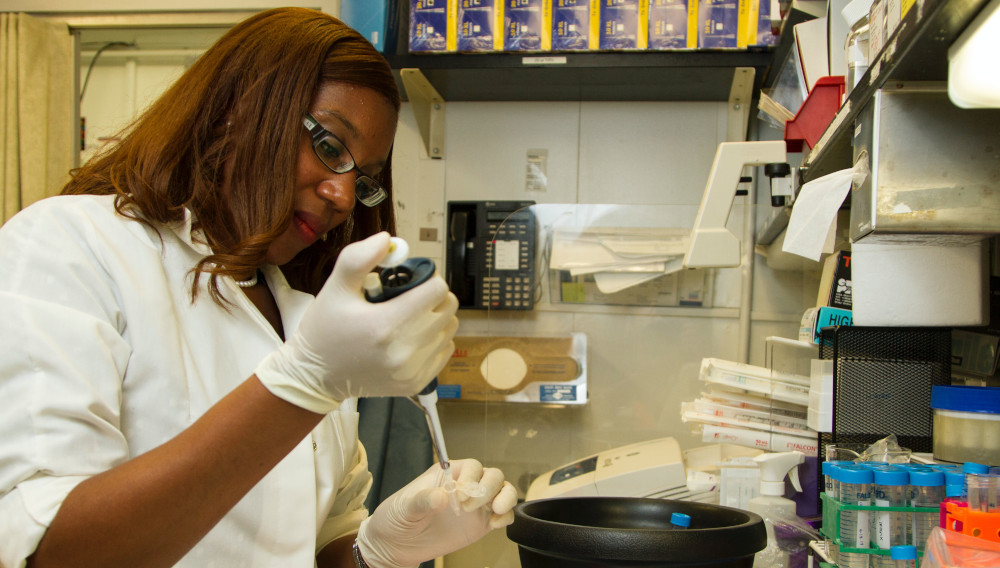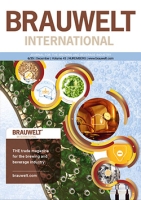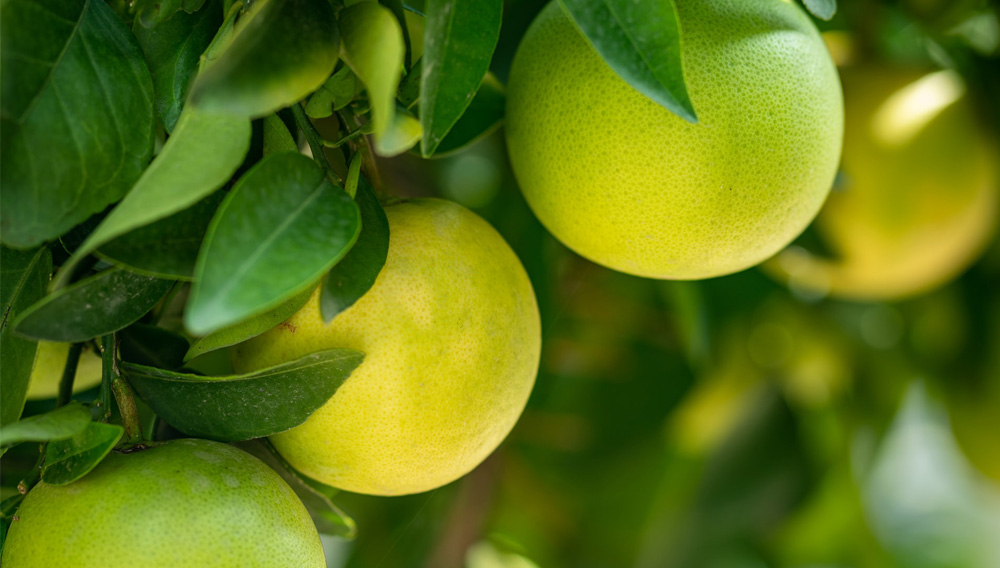
Gently mixing products | This is a topic under perpetual discussion. Economic comparisons, in particular, form the basis for making decisions when choosing a process or when considering the investment required to implement a continuous process. Aside from economic considerations, aspects such as the duration of the process, how well it can be automated and the level of product losses as well as the costs and labor associated with cleaning and maintenance are all very important for manufacturers concerned with upholding high quality standards, since these factors affect the quality and influence the final product during the process.

Stress during brewing? | During the brewing process, yeast cells are subjected to a multiplicity of stress factors simultaneously (fig. 1). These stressors influence the physiological condition – defined as yeast vitality – of living cells and, thus, also have an impact on their morphology.
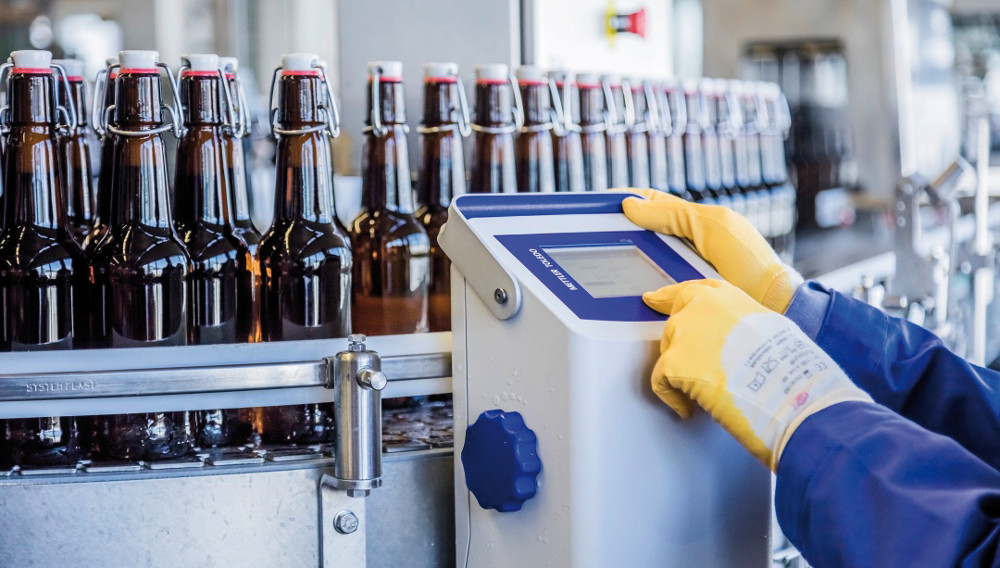
Beer quality | Oxygen impacts negatively on beer quality in terms of flavour, stability and quality. No oxygen, if at all possible, should get into the product after fermentation. For this reason, residual oxygen is monitored in the trace range at critical locations with in-line sensors or portable devices.
New methods | On 1 July 2021, the European Brewery Convention (EBC) and the American Society of Brewing Chemists (ASBC) published two international methods on Free Amino Nitrogen and β-glucans measurement in wort by automated discrete analysis and two new International Methods in microbiology developed over the past three years by experts on both sides of the Atlantic Ocean.
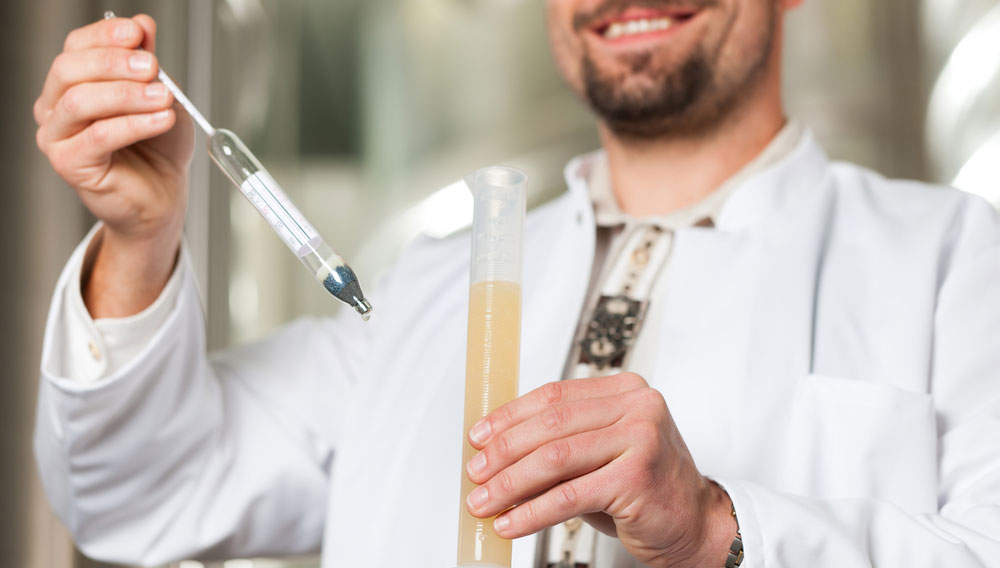
Analysis of bitter substances | In beer production, the development of modern analyses provides possibilities of extending the analytical spectrum. It is possible to investigate the detailed path of individual compounds from raw materials to the finished beer, using mass spectroscopy. The hard resin fraction of hops that mainly consists of polar i.e. easily water soluble bitter substances is ascribed a special role in terms of dry hopping. This makes efficient transfer of these substances from hops to beer possible. The present contribution describes the compounds involved, as well as the flavour contribution they make to beer bitterness.

Ageing behaviour | Forced ageing at 40 °C is one of the most common methods for assessing sensory stability of pale lager beers. However, different aroma profiles frequently arise in practice compared to natural ageing at 20 °C. The present article describes the ageing characteristics of pale lager beers during forced and natural ageing, both in sensory and in analytical terms. The contribution is based on research results that have been published in BrewingScience, May/June 2018, volume 71.
Sensory research | Branched chain fatty acids (isobutyric acid, isovaleric acid, and 2-methylbutyric acid) are major metabolites that originate from various metabolic pathways. Thus, these compounds are contained in various foods and beverages. These compounds in beer have their origins in malts, hops, and also from yeast metabolism. It is well accepted that these fatty acids may give rise to some rancid off-flavours. However, an effect of these compounds on overall beer flavour has not yet been fully elucidated. The following article summarises a part of the research results which have already been published in BrewingScience, 2019, issue 6: November/December.
Analytical methods | At the end of November 2020, the European Brewery Convention (EBC) and the American Society of Brewing Chemists (ASBC) have released a new International Method. A successful international collaborative trial organized in 2018 and 2019 involving 17 laboratories throughout the world led to the creation of this new method on the determination of bitter compounds in dry-hopped beers.
Starch breakdown | Modern analytical quality assurance in breweries covers a complex spectrum of tasks. Based on typical applications, this series of articles describes analytical approaches for evaluation of various processing problems in brewing unit operations, as well as possibilities for early identification of potential upset sources and prediction of product stability.
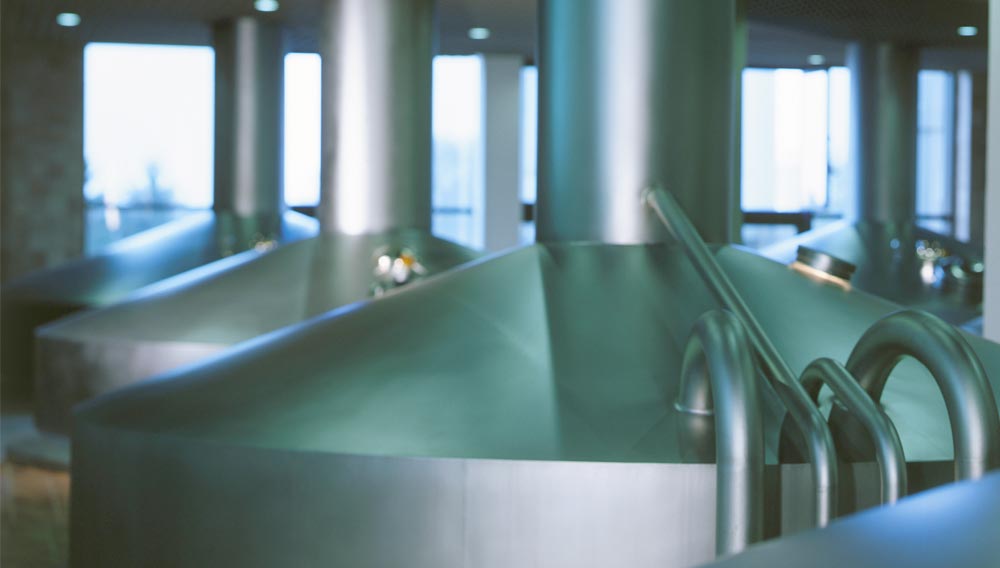
Wort analysis | Brewing beer is a question of equilibrium. This is evident in all process units. No property of beer can be seen individually, all parameters also exert an influence on other beer properties. This also applies in the brewhouse. Re-use of last runnings – as rich in extract – should be considered for financial reasons [1]. But does this make sense?

